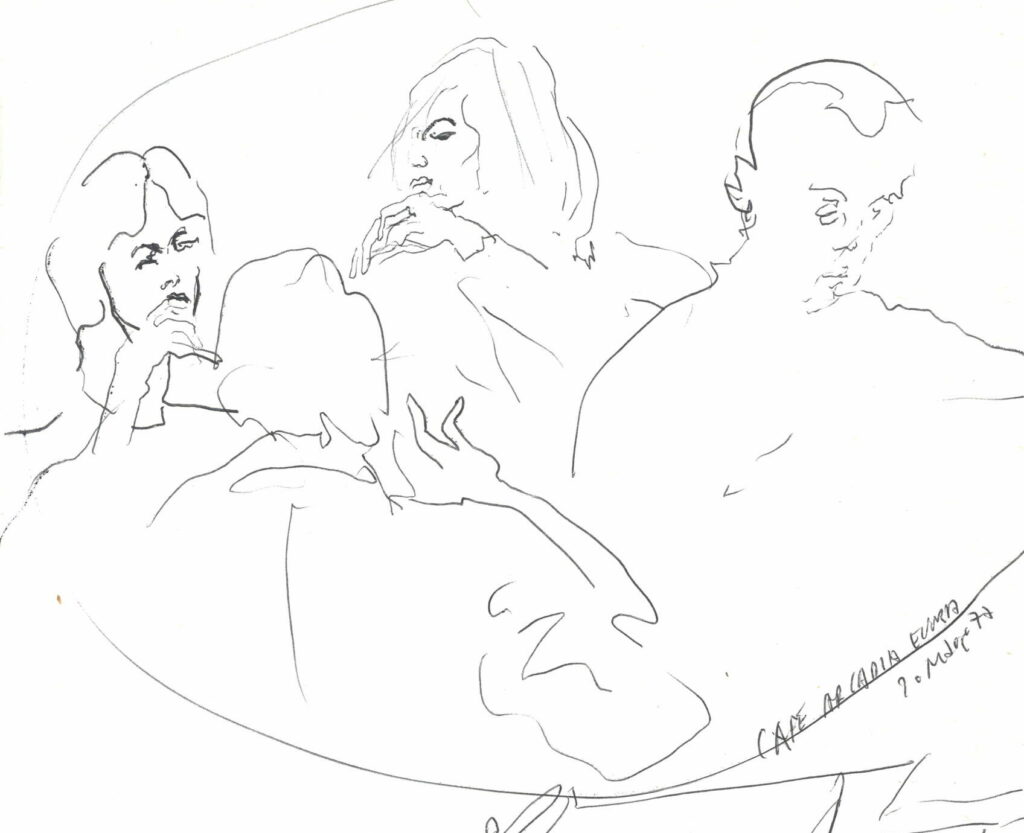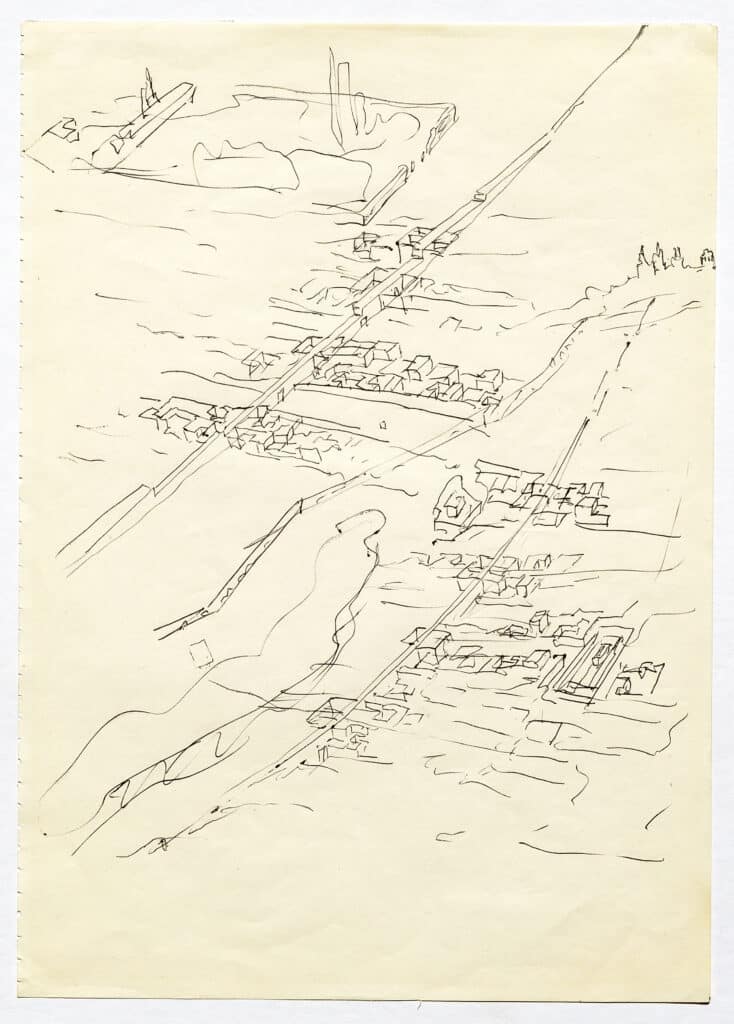Malagueira: Conflict Resolution (1983)

From my experience at Évora, I believe that participation – neither mystifying nor mystified – implies numerous and inevitable conflicts, conflicts which come out of the project.
The general concept for the Malagueira district, the methods, the project itself, have indeed given rise to contradictory commentaries, even before our intervention: class snobbery, populism, lack of understanding of context, utopianism romantic immaturity or nostalgia for the past, for the days of the Marquis.
From the time of Pombal, we have at least kept quick methods of working: the complex of 800 houses was thrown up, with the routes mapped out and realised, services finished and fitting out programmed very quickly. In the course of innumerable meetings at least 450 families have been able to see models, sketches, plans and photomontages and have them explained. They have criticised, proposed, approved and modified. Those responsible for services and the representatives of the associations have been able to make their points. The technicians from my practice and from the bureau of research have taken account of suggestions, carried out necessary modifications, and set out their own thoughts. They analysed the economic and technical feasibility and coordinated the efforts.
Many people were firm supporters of the project, whereas others (sometimes the same ones) kept disputing it.
The finances of the cooperatives and association were constantly in doubt, due to lateness and difficulties.
The rest of the story is simple. An architect was called upon to provide a solution to a problem and he did this in his own way: through the drawing up of a project which made possible the exercise of individual responsibilities, without resigning from his own responsibility as architect.
One cannot plan by storing things up, and participation connects and corrects a scheme.
The overall idea arose as much from the site as from everyone’s desires. But, from the multiplicity of viewpoints, the initially simple linear scheme became more complex and closer to reality: really simple.

Excerpted from ‘Ten New Buildings,’ in Art & Architecture (London: Institute of Contemporary Art, 1983), 33. Between January and May 1983 the ICA in London held six exhibitions in a series titled ‘Art & Architecture’. The series included a survey of Aldo Rossi’s projects and drawings, a group exhibition of contemporary architectural drawings, and a solo show of sculptures and urban interventions by Mary Miss.
